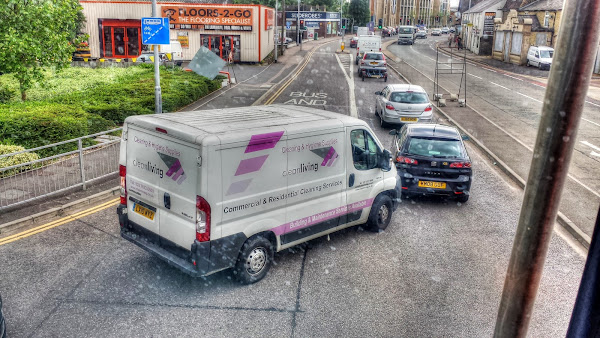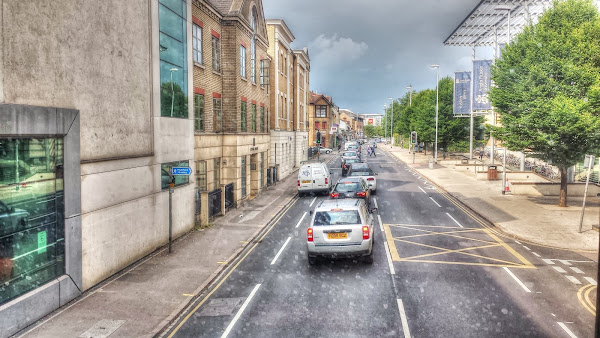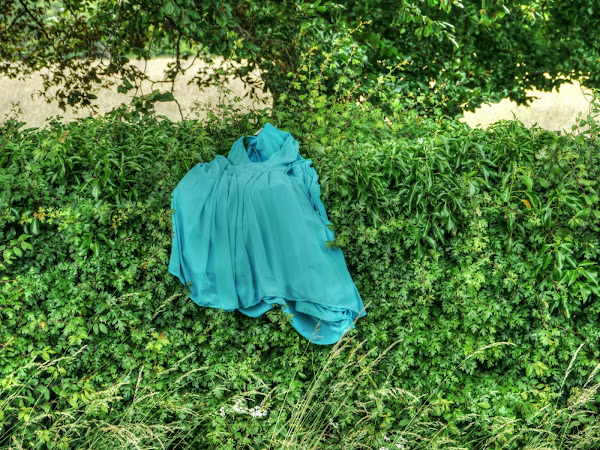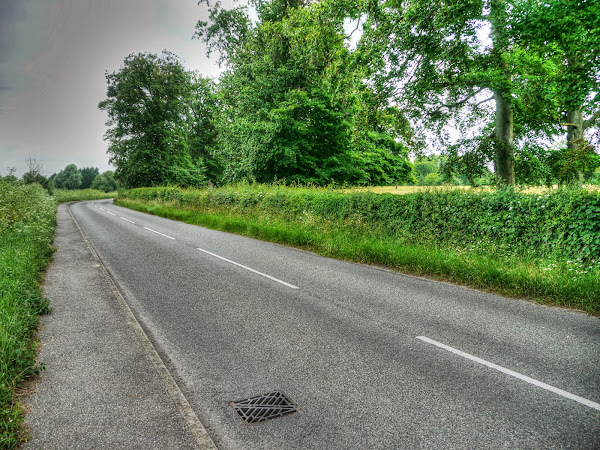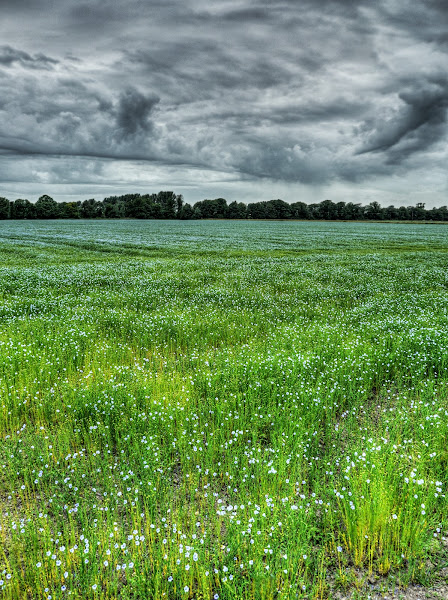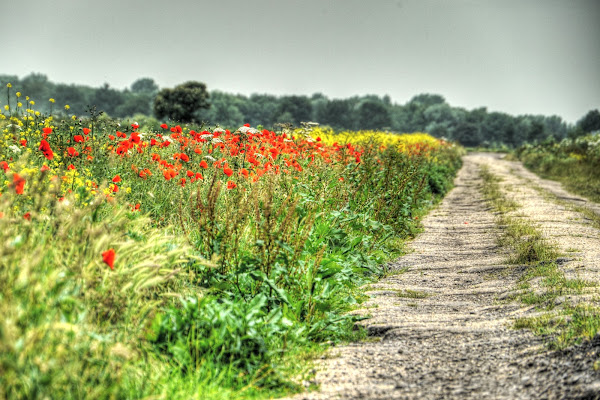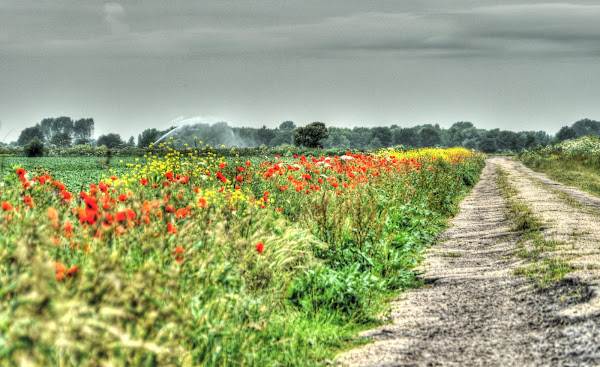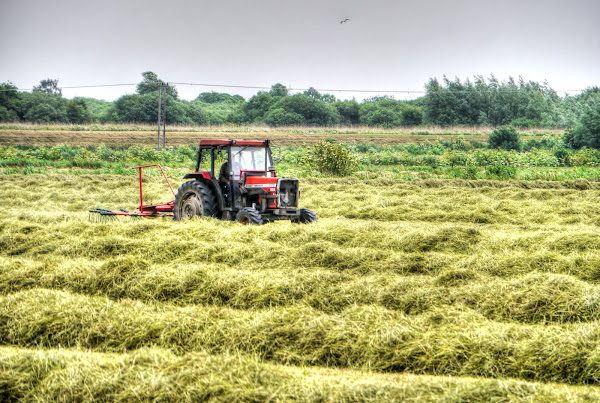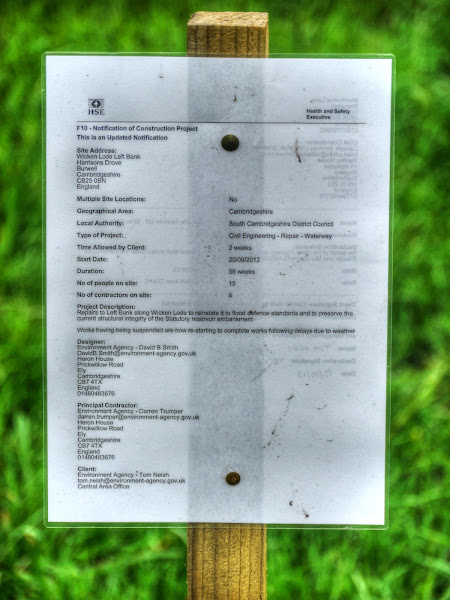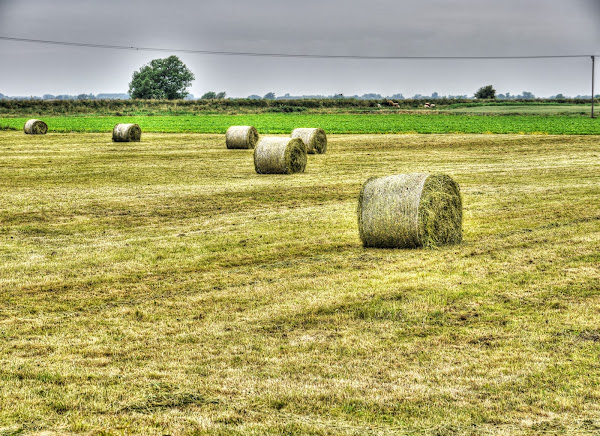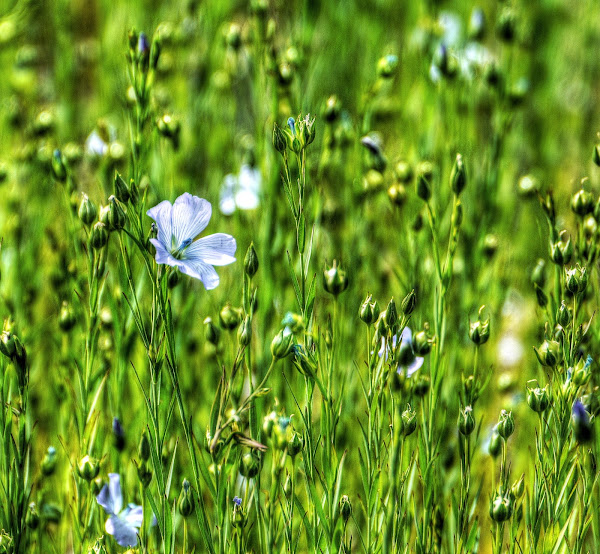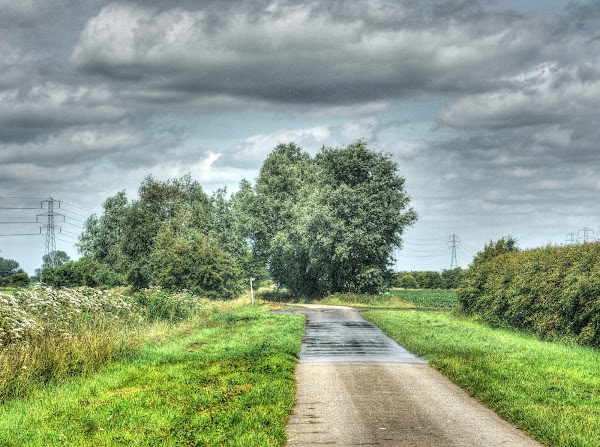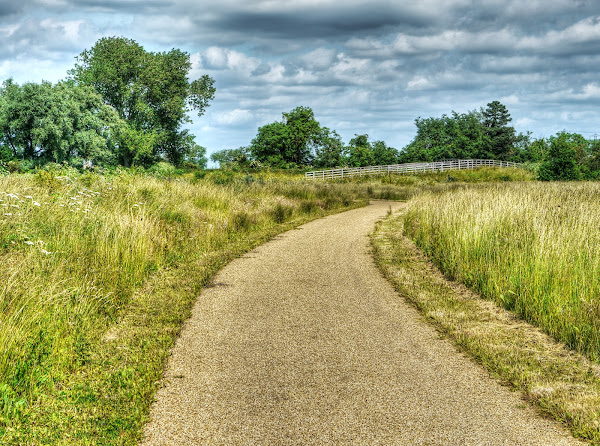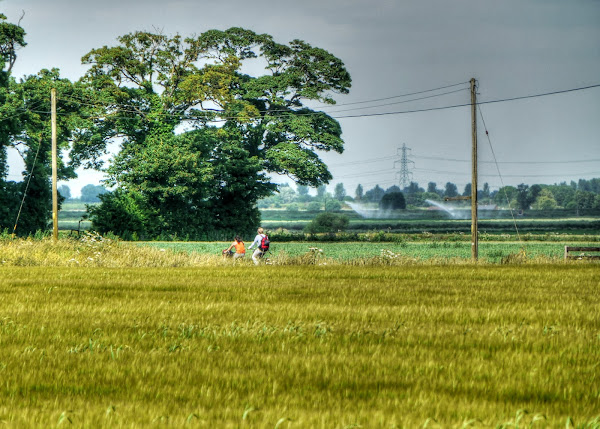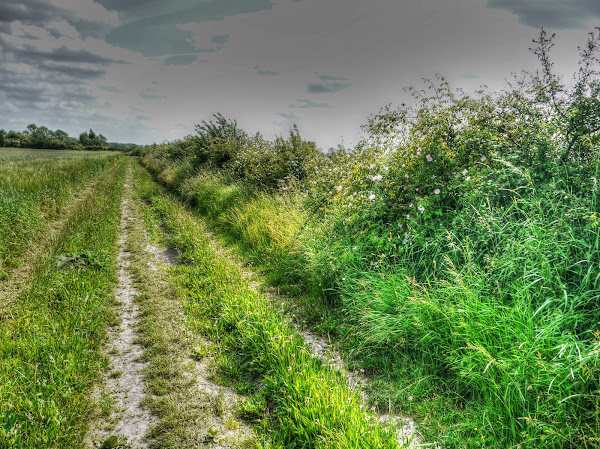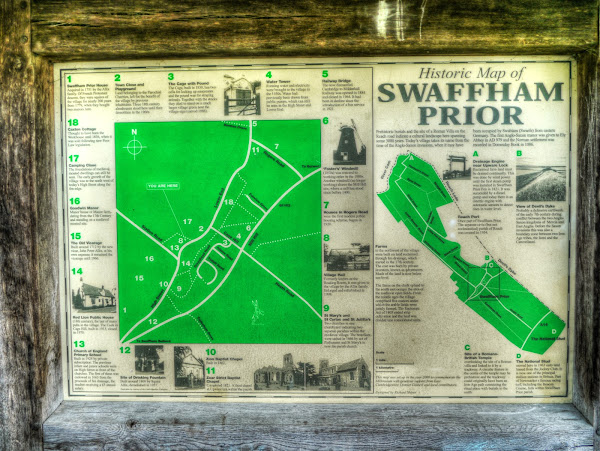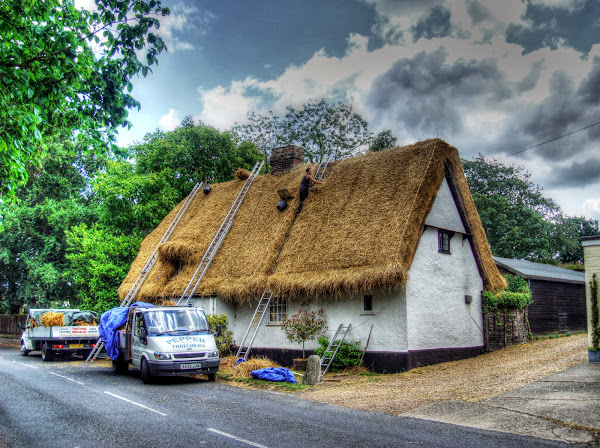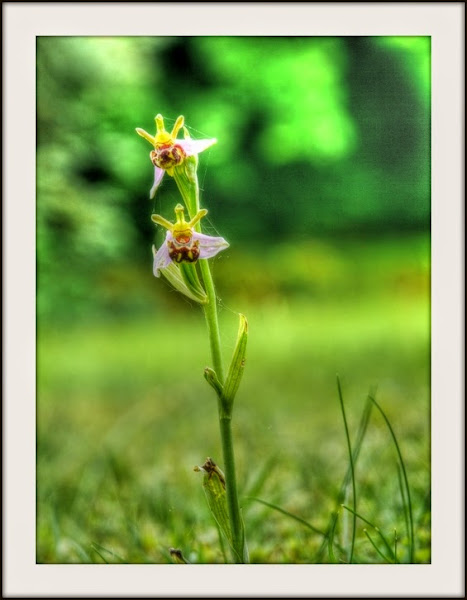There has been a bit of discussion on Twitter recently about the Bristol-Bath bike path. With John Usher of Sustrans discussing the issue on BBC Radio Bristol
Jon Usher from Sustrans talks about "speed limits" on the Bristol/Bath 'cyclepath' http://t.co/R10Si9bGDv via @audioboo
— BBC Radio Bristol (@bbcrb) July 29, 2013
So what is the fuss about? Well the Bristol/Bath bike path is a victim of its own shared-use success. Whilst many of us think of it as a bike path – actually it is a path which cyclists can share with pedestrians, dog walkers, prams and the like. It follows the route of an old railway line and forms part of NCN4.
Bristol – Bath Bike path
Well to my mind there is a clue in the name – SUSTRANS – Sustainable transport – healthier, cleaner and cheaper and journeys. At its simplest the bicycle is an efficient way of converting physical energy into motion. We might choose to cycle for different reasons but ultimately it is a form of transport, with benefits.
Now I am not claiming all my maths is correct but whether we realise or not we cyclists like to maintain momentum. Lose it and it costs significant levels of energy and significant delays. If you have to stop 20 times on a 16Km journey then it can increase the journey time by 15 minutes and make it feel like you have cycled another 2Km on top in terms of energy consumption. In a car you tend not to notice petrol consumption, except perhaps when you fill up – you notice it when you are supplying the motive power.
I believe that the Bristol Bath path was what set in motion the Sustrans movement. It is straight, direct, more or less and has a decent surface. All the things that matter to a cyclist getting from A to B. As Sustrans has evolved I wonder whether the organisation has lost sight of the original ideals. There are some fantastic Sustrans routes – but they tend to be for the cycle tourist – willing to wend there way through twists and turns in order to enjoy a peaceful ride. Don’t get me wrong when I want a bit of time cogitating along with a bit of fresh air and exercise then the National Cycle Network is great – but “easier journeys” it isn’t!
An example of what I mean. Follow NCN51 out of Cambridge towards Newmarket and when you reach Bottisham you have this choice. Cycle to Newmarket 15 miles, drive to Newmarket 6 miles.
Sustrans NCN 51 to Newmarket
Or zoomed in.
Sustrans NCN 51 to Newmarket
The bottom lines is that If you want cycling to to become a real choice then the journeys need to be healthier, cleaner, safer, cheaper and easier journeys. To get people to switch their method of transport focus has to be on the easier and cheaper and safer. Healthier and cleaner come for free once you get people cycling.
- Cheaper and easier journeys cannot be implemented by cheap infrastructure.
- Easier journeys cannot be implemented by relying on shared-use infrastructure
- Easier journeys need to be direct for places regularly visited
- Easier journeys need to allow cyclists to maintain their momentum without slowing and stopping all the time.
- Safer journeys cannot be implemented with a lick of pain here and there and a twist and a turn and constant change of surface.
- Safer journeys need segregated cycle routes
If a shared path is useful it is almost bound to create conflict.
Here are some of my calculations
At its simplest the bicycle is an efficient way of converting physical energy into motion. According to work by Professor D Mackay:
What’s more a bicycle is more efficient than walking – according to Wikipedia(!) cycling requires around half the energy compared with walking. This website suggests that cycling can be up to five times more efficient than walking (it depends upon the speed the cyclist travels at).
So on the face of it a bicycle represents a pretty good sweet-spot as a transportation choice without even comparing the health benefits and the fact that bikes don’t pollute (noise or air) take up far less space (rest and motion) and do far less damage to the road (and pavement) surfaces.
The downsides are that cycling is open to the elements, less fast and can be tiring over longer distances. It can also be harder (but not impossible) to transport other people (children for instance) or shopping.
Now my personal view having cycled, driven and caught the train to commute over the years is that for commuting a round trip of 20 miles is fine. I have done more, but accept that for some it might seem too long. Part of the issue is not the energy consumed but time. Assuming a speed of 10mph (16Km/h) then one leg of the commute takes 1 hour, at 16mph (25.6Km/h) the journey time is 37.5 minutes.
The average commute time for men in Britain is apparently 58 minutes and for women 47minutes but varies by region – chart in this article by the DM. So time is precious when commuting, whether by bike or motor vehicle/train.
The other aspect that concerns the efficiency of cycling is momentum. Every time you slow down the energy required to get back up to speed is proportional to the square of the velocity you wish to achieve. I wrote about it here. I reckon that at the speed I travel every stop adds the energy equivalent of 100m onto the journey.
Then there is of course the issue of lost time, assuming I cycle at 25.6Km/h and it takes me say 200m to get up to that speed from a stop, it would then it would add approximately 30 (28) seconds onto the journey time. That is not to mention the actual delay from the cause of the stop.
So on a 16Km journey (10miles) at a steady speed of 25.6Km it would take 37.5minutes – if you had to stop say 20 times, with an average stop of 15 seconds then the overall journey time would extend by 20 x (30 + 15 ) seconds, which comes to 15 minutes. If my maths is correct. In addition the journey would feel as if you had cycled an additional 20 x 100m – 2Km.




